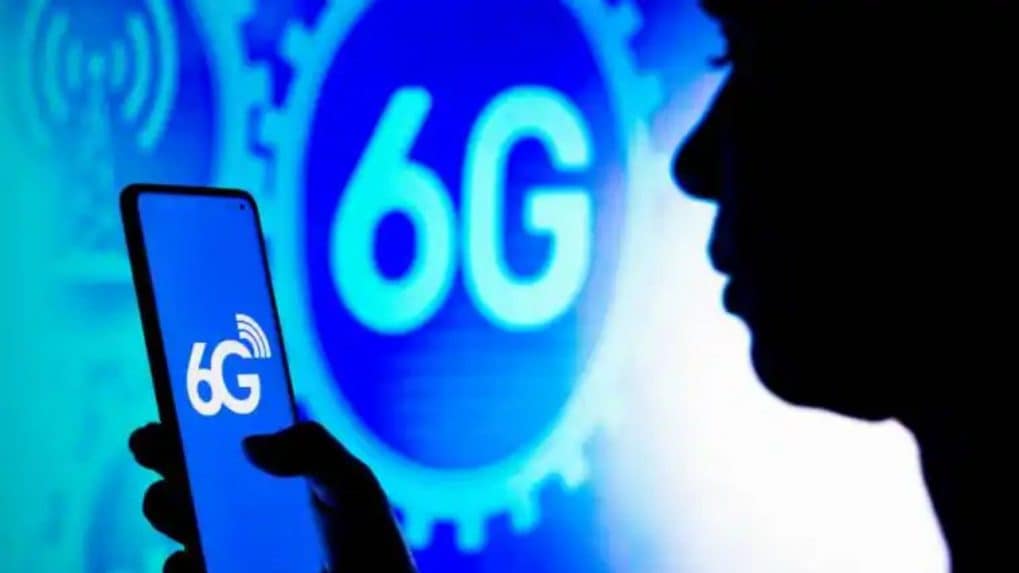Advertising
From Pink Slips to Silent Sidelining: Inside adland’s layoff and anxiety crisis

The draft National Telecom Policy 2025 (NTP-25), released for public consultation by the Department of Telecommunications (DoT) on July 23, lays out an ambitious roadmap for India’s telecom future, promising universal 4G coverage, 90% 5G rollout by 2030, one million new jobs, and a Rs 1 lakh crore annual investment in telecom infrastructure.
But while the vision is bold, policy experts and industry voices are sounding a clear warning: the real challenge lies in execution.
Sumeysh Srivastava, Associate Director at The Quantum Hub, called NTP-25 “a constructive move” that simplifies telecom regulation and removes operational hurdles.
“Deemed approvals, composite billing, and spectrum reforms are long-awaited steps to reduce compliance burden. But the policy’s credibility will ultimately depend on delivery, particularly in aligning states, regulators, and implementing agencies,” he cautioned.
The Promise of Connectivity and Inclusion
One of NTP-25’s standout objectives is ensuring that every citizen in India has access to affordable and reliable digital communication services.
The policy envisions fixed broadband in 100 million homes, one million public Wi-Fi hotspots, 80% fiberisation of mobile towers, and the deployment of submarine cables to strengthen the National Long Distance (NLD) backbone. It also proposes a “Digital Bharat Nidhi” scheme to fund telecom expansion in remote areas and fast-track fixed-line broadband access.
Dinesh Jotwani, Co-Managing Partner at Jotwani Associates, sees this as a significant rights-based approach.
“The policy treats connectivity as a fundamental utility—akin to electricity or water—linked to livelihoods, education, and health. That’s a progressive leap.”
Yet, Jotwani flagged gaps in enforceability.
“Without a robust Universal Service Obligation (USO) enforcement framework and clear financing pathways, the promise of 100% 4G and 90% 5G could remain aspirational—especially in low-ARPU rural zones where private players lack market incentive,” he said.
Industry Optimism, But Legal Vacuum
Industry stakeholders have largely welcomed the policy’s thrust on ease of doing business, spectrum liberalization, infrastructure sharing, and regulatory simplification.
The government’s intention to promote India as a global telecom manufacturing and export hub, including 150% increase in domestic production and 50% import substitution, is seen as a directional shift.
The policy outlines the creation of a Telecom Manufacturing Zone (TMZ), 30 advanced research labs, and a new Indian Institute of Telecom Technology (IIT2) to upskill the workforce.
It also proposes positioning India among the top 10 telecom innovation hubs globally, with 10% of global 6G IPRs and 500 supported telecom-tech startups and MSMEs.
Still, execution questions persist. Jotwani noted that inter-ministerial synergy between DoT and MeitY is promising, but achieving such ecosystem depth requires more than policy intent.
“The semiconductor and component-level supply chains remain underdeveloped. Without targeted incentives and structural reforms, goals like 6G leadership and telecom self-reliance may take longer than projected.”
Skilling: The Achilles' Heel
Perhaps the most pressing concern is around job creation. NTP-25 aims to generate 1 million direct and indirect jobs while reskilling another million workers for the digital economy. But who will fill these roles?
Nipun Sharma, CEO of TeamLease Degree Apprenticeship, warns of a looming skill crisis. “Only 54% of Indian graduates are employable, and AI is rapidly changing telecom job profiles. Traditional degrees are no longer enough,” he said.
He advocated for apprenticeships as a scalable, outcome-oriented solution. “Apprenticeships blend classroom and on-the-job learning—lowering attrition and building day-one readiness. If we truly want to unlock telecom-driven employment, we need a structured skilling framework embedded in this policy.”
Missing Links in Regulation and Consumer Protection
While NTP-25 talks extensively about future-ready networks, integrating AI, IoT, blockchain, and quantum communications, it remains conspicuously silent on the privacy, security, and surveillance risks that come with them. The draft doesn’t elaborate on how it will harmonize with the Digital Personal Data Protection Act or cybersecurity legislation.
Additionally, states remain critical players in execution, especially for rights of way (RoW), tower installations, and fibre rollout. Yet, the policy lacks binding coordination frameworks or model guidelines enforceable at the state level.
“Telecom is a Union subject, but implementation is local. Without statutory mandates or legal mechanisms for state compliance, bureaucratic delays could cripple project timelines,” Jotwani warned.
The policy does include steps to secure networks, such as satellite communication monitoring, mobile number validation services to prevent telecom-enabled frauds, and cybersecurity audits. But civil society experts argue these must be balanced with strong digital rights safeguards.
In its preamble, NTP-25 declares itself as a transformative framework to make telecom the “foundational pillar” of India’s digital economy, social equity, and innovation ecosystem. It certainly sets the bar high, with goals spanning universal connectivity, green telecom, innovation, and inclusive growth.
But experts stress that ambition must now be met with action. Without legal enforceability, financial clarity, state-level integration, and workforce preparedness, this policy risks becoming another well-intentioned document that falters in delivery.
As Srivastava summed it up, “It’s a forward-looking draft. But vision alone doesn’t transform nations, execution does.”
From purpose-driven work and narrative-rich brand films to AI-enabled ideas and creator-led collaborations, the awards reflect the full spectrum of modern creativity.
Read MoreLooking ahead to the close of 2025 and into 2026, Sorrell sees technology platforms as the clear winners. He described them as “nation states in their own right”, with market capitalisations that exceed the GDPs of many countries.